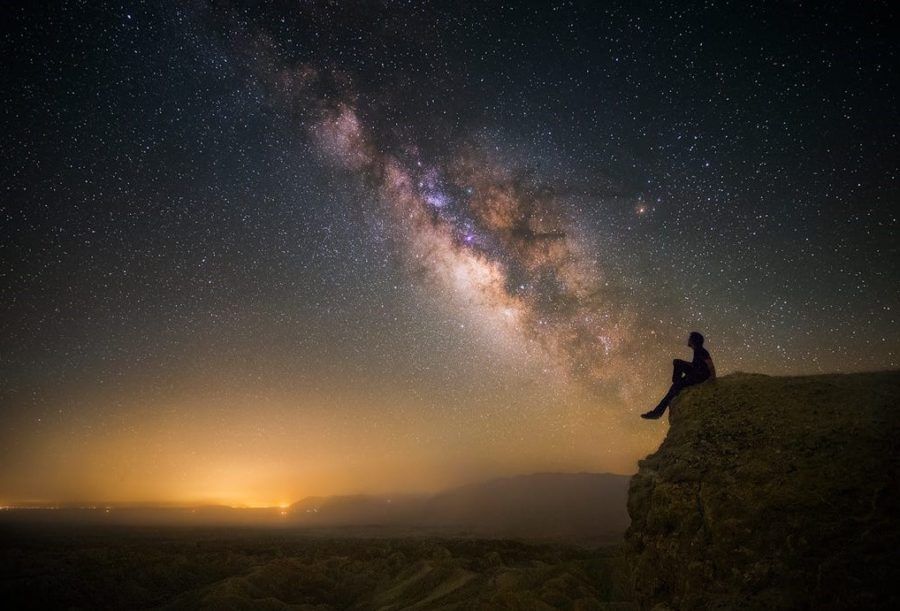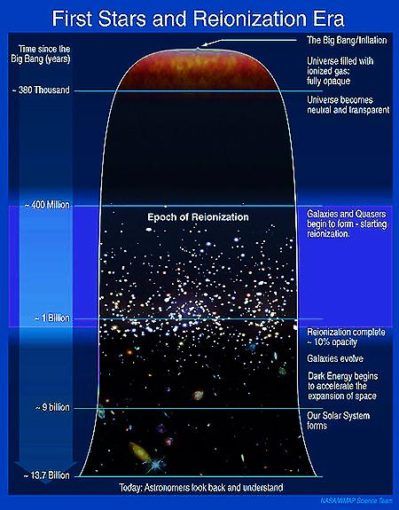
Science in the Glorious Quran: Creation of the Universe
“ثُمَّ اسْتَوَىٰ إِلَى السَّمَاءِ وَهِيَ دُخَانٌ فَقَالَ لَهَا وَلِلْأَرْضِ ائْتِيَا طَوْعًا أَوْ كَرْهًا قَالَتَا أَتَيْنَا طَائِعِينَ” (فصلت: 11).
“Then He turned to the heaven when it was smoke…” (Qur’an, 41:11).
“أَوَلَمْ يَرَ الَّذِينَ كَفَرُوا أَنَّ السَّمَاوَاتِ وَالْأَرْضَ كَانَتَا رَتْقًا فَفَتَقْنَاهُمَا ۖ وَجَعَلْنَا مِنَ الْمَاءِ كُلَّ شَيْءٍ حَيٍّ ۖ أَفَلَا يُؤْمِنُونَ” (الأنبياء:30).
“Have those who disbelieved not considered that the heavens and the Earth were a joined entity, and We separated them and made from water every living thing? Then will they not believe?” (Qur’an, 21:30)
Modern science has proven that the universe was formed from a gaseous mass. This gaseous nature of the universe is described in the above verses of the Qur’an as smoke. The primary gaseous nebula subsequently splits up into multiple fragments of huge masses. This process is usually referred to as the ‘Big Bang’ theory, which is described in the second verse.


